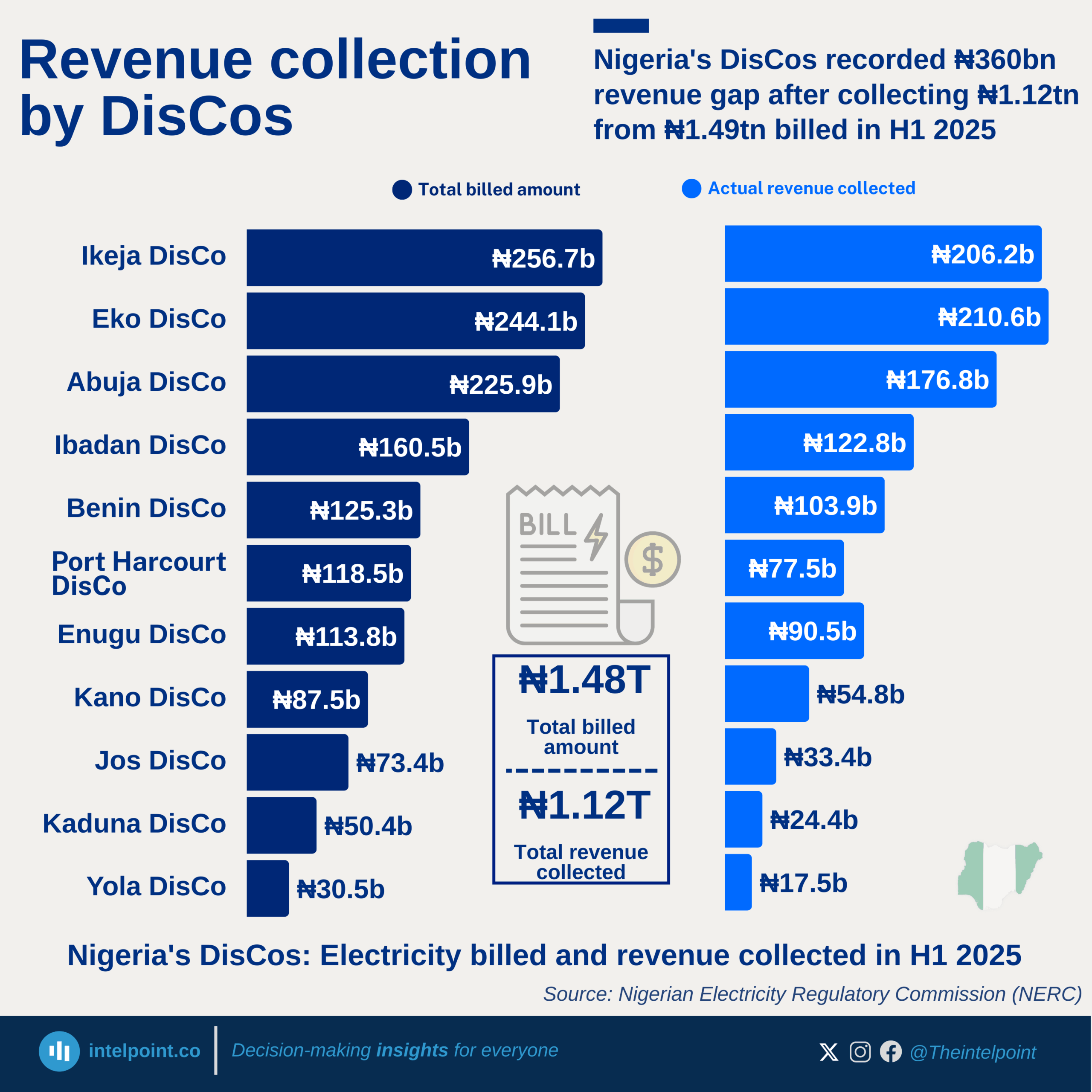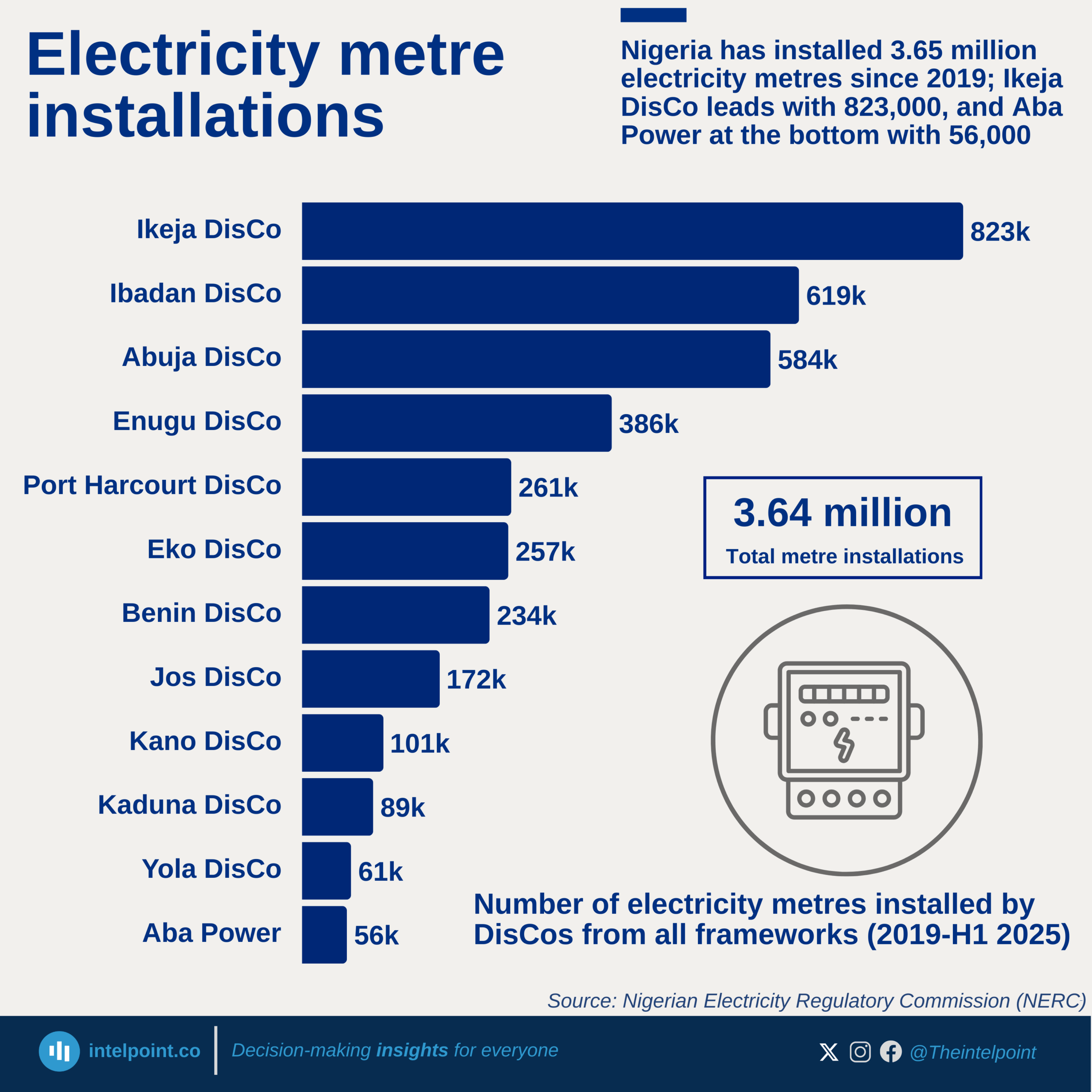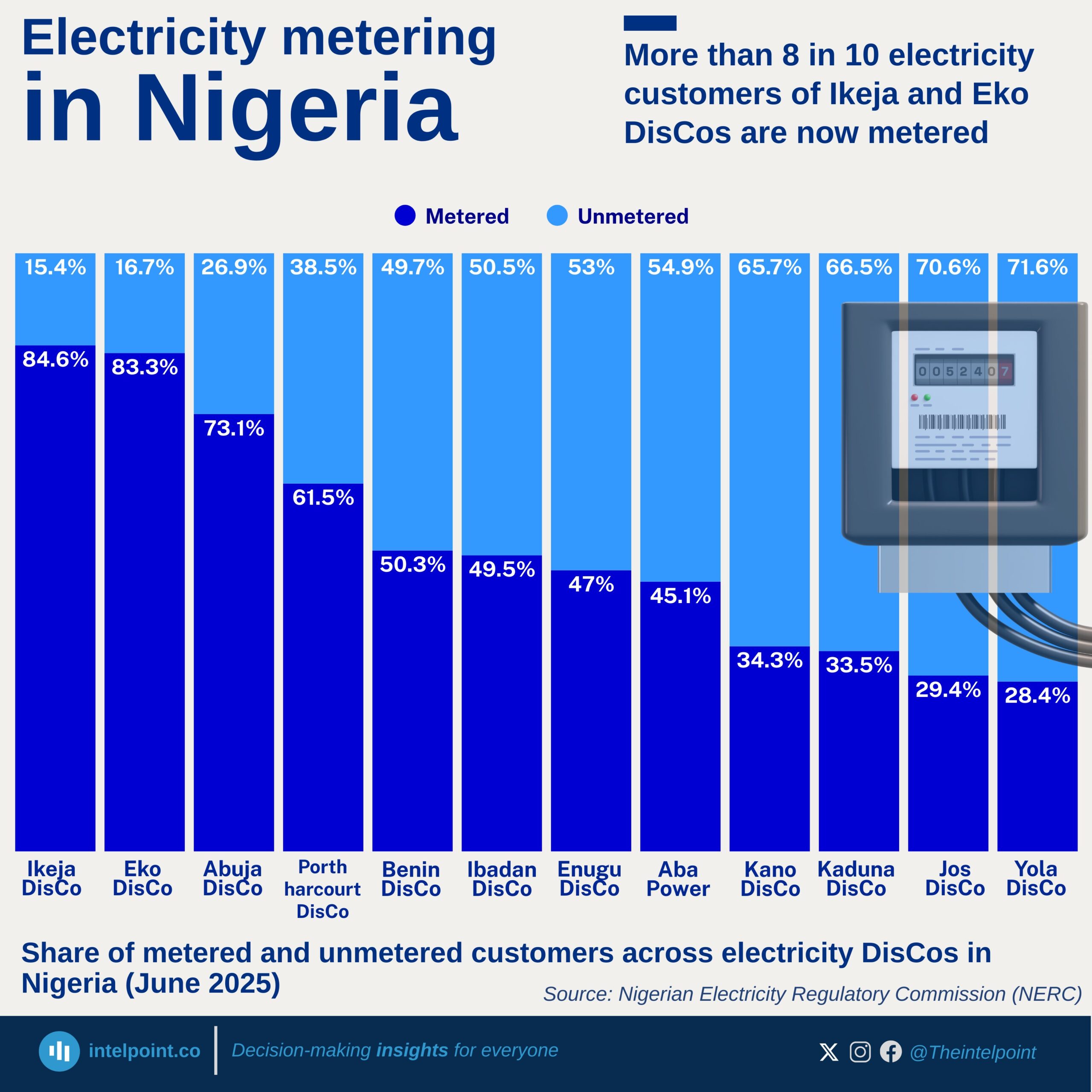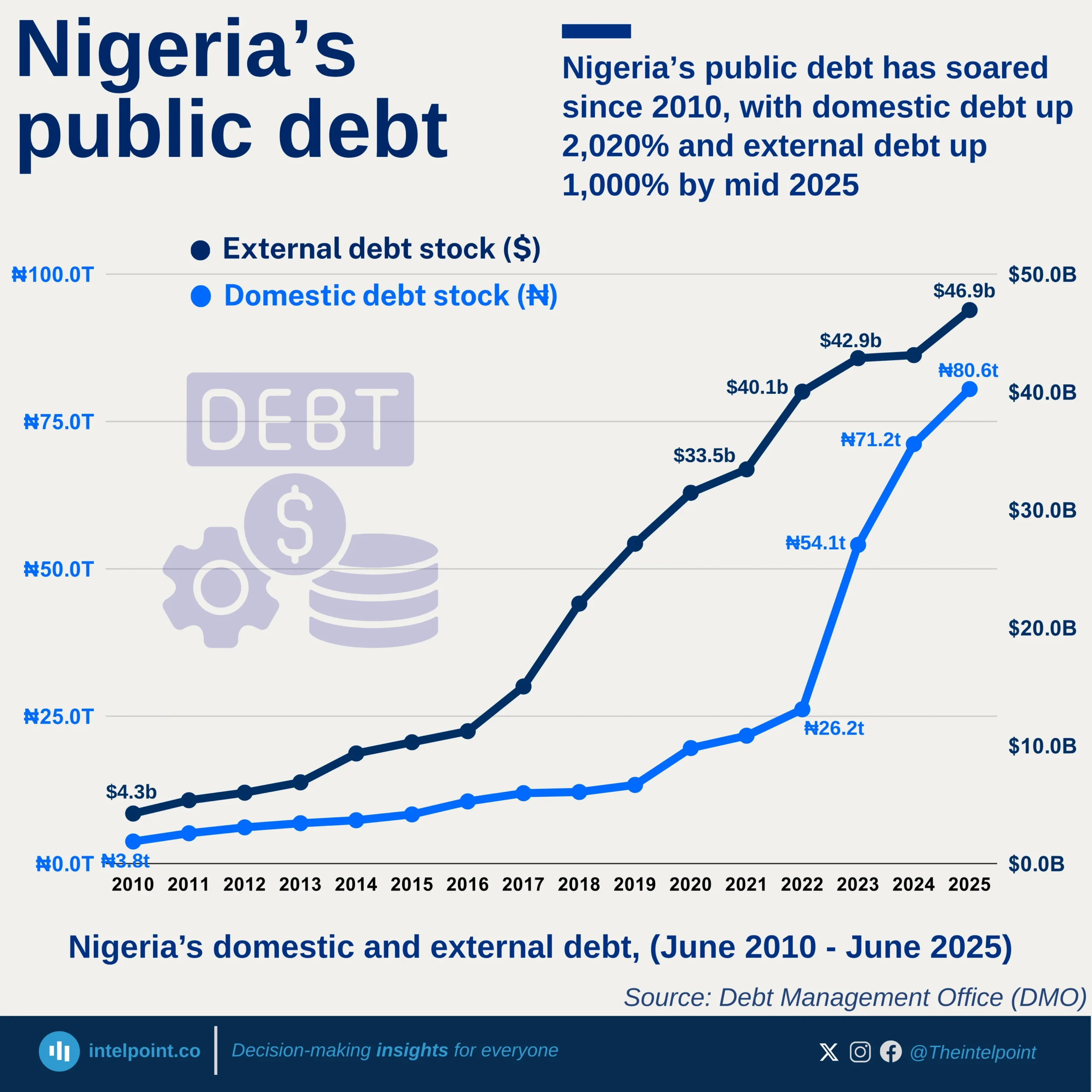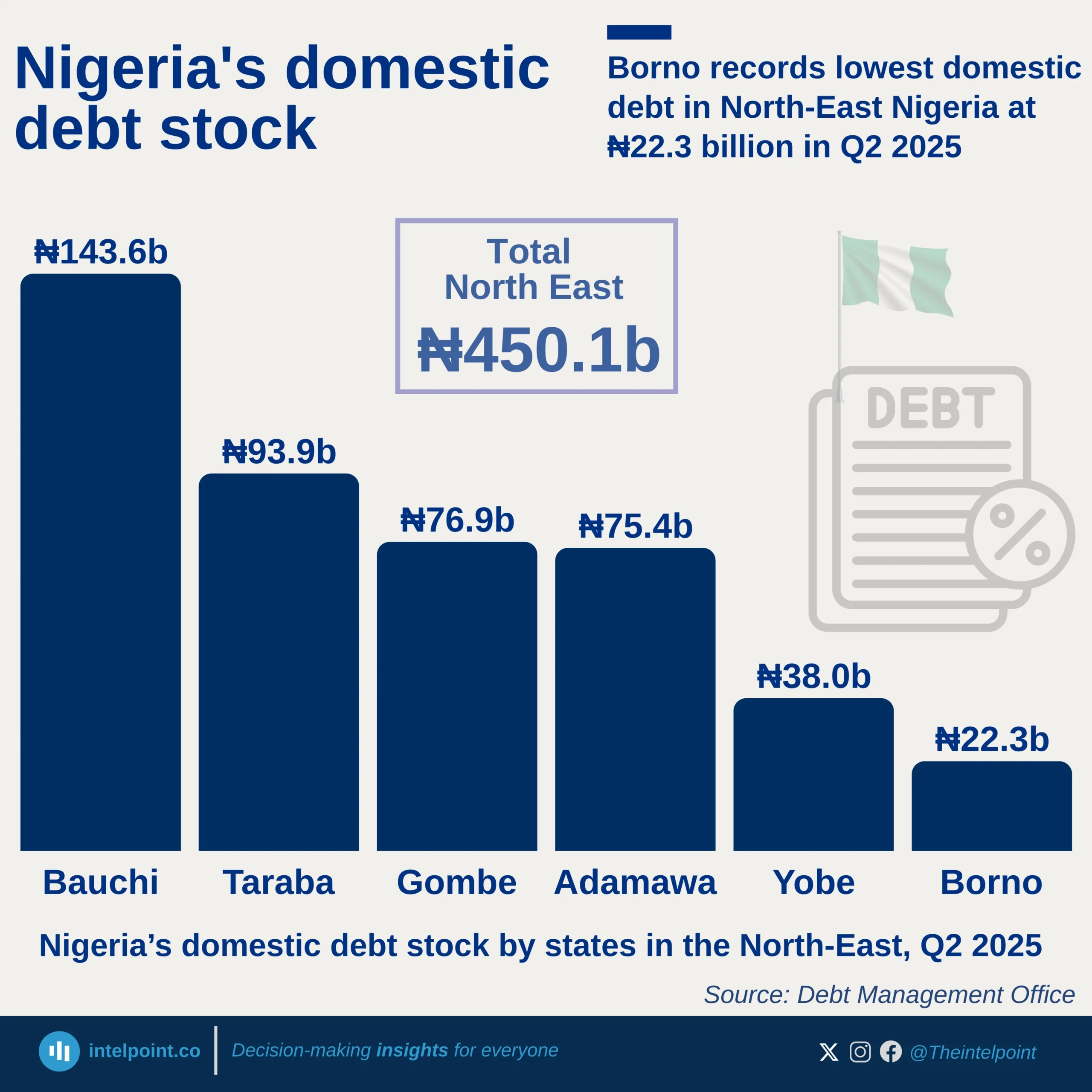The Nigerian Education Loan Fund experienced a dramatic surge in activity in August 2024, when student loan applications soared to over 91K, the highest in a single month. This peak was likely driven by urgent academic year deadlines or increased public awareness about the loan programme. However, the momentum was not sustained. The months following August saw a significant downturn, with application numbers dropping to 18K by December 2024, highlighting a sharp seasonal decline.
Beginning in January 2025, application numbers began to recover, indicating renewed interest. The steady rise culminated in a high point of 59K applications in April 2025. These trends suggest that student behaviour aligns closely with academic and institutional timelines, as well as policy shifts or the effectiveness of outreaches.

